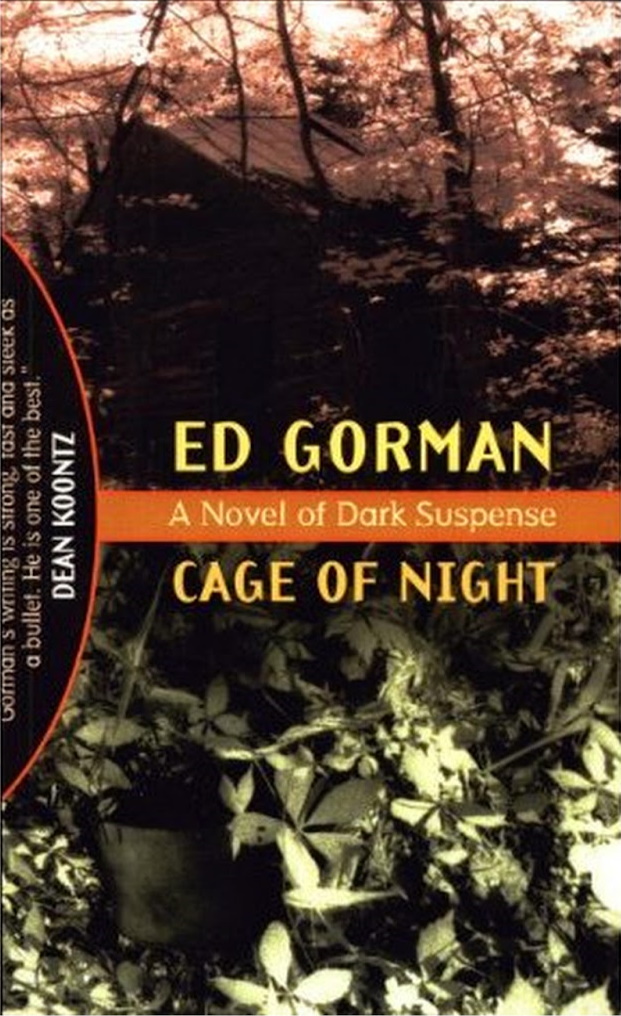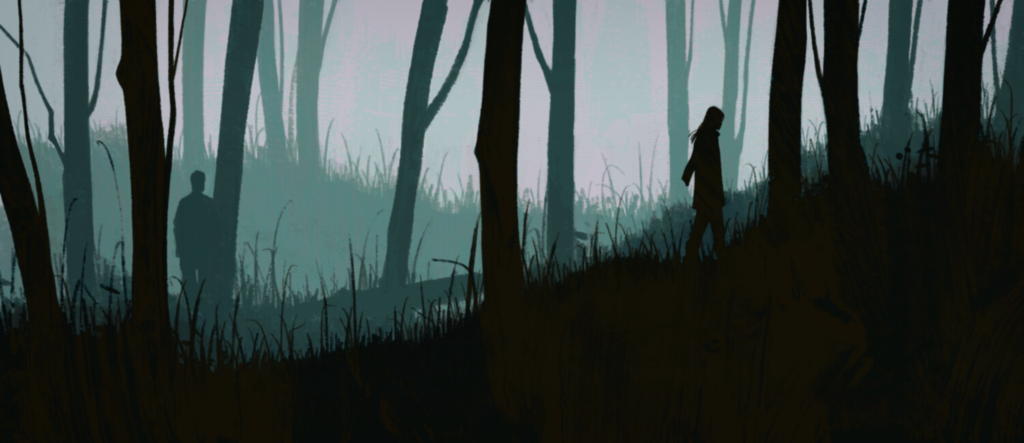(This is taken from a piece originally written as an introduction to Ed Gorman’s Cage of Night, for PS Publishing)
There’s a type of writing which I grew up loving, which made me want to be a writer myself, and which for a while I thought was gone forever. I’m talking about spare, intelligent commercial fiction. Pan paperbacks, crime novels, spy fiction, postwar British thrillers… writers from Gavin Lyall to Graham Greene, from John Le Carré to John D MacDonald. Well-paced novels that were as long as they needed to be and not a page longer, from authors with a grip on the English language as precise as a sculptor’s on his chisel. Like a sculptor they wasted no strokes, and like a sculptor they had little margin for error.
Their work is light, racy, and full of substance. By “light”, I don’t mean frivolous. I mean with a deceptive lightness of touch, an easy sense of direct connection, a sense that the writer’s first job is always to engage the reader. Rather like the effortless people-person who spots you arriving at a party, makes you feel instantly welcome, and starts introducing you around. You know the type. Born diplomats. Even if you don’t know them well, they seem to know you. It’s a special thrill when they remember your name.
Ah, those books! Well-crafted popular fiction. They came out of a tradition going all the way back to Dickens and beyond. It was storytelling, pure if not always simple. The best writers understood that storytelling wasn’t some lower form of literature. It was the ticket to ride, allowing any and all of the freight of literature to be checked in to ride along with it.
(Although it has to be said that some of the writers I enjoyed travelled pretty light, and at their worst could rattle off a nifty 50 or 70,000 words and leave you with very little of permanence beyond the aftertaste of the narrative. But in itself that’s no mean feat. When you think about it, what thousand-dollar bottle of wine has ever achieved more?)
I did my best to spot the good stuff wherever it appeared. However lurid the cover, however downmarket the genre, I’d be drawn to those elements that signalled an intelligent writer with a serious mind, ready to step up to the campfire and put all his energies into riveting our attention, filling us with joy and awe, and leaving us feeling exactly the way that he’d planned for us to feel. When an artist writes straight from his or her nerve endings, without engaging in a long process of study and philosophical meditation, that doesn’t automatically devalue the act of creation. Fresco painters didn’t get a lot of time to mull over what they were doing, either. It’s hard to imagine a more ruthless deadline than four square yards of drying plaster; hard to envisage a greater test of one’s craft, or a more compelling goad to invention.
On the one hand, there are stories that deny the world of the imagination and couch themselves entirely in the terms of the banal – “the low mimetic”, as Angela Carter called it.
At the other end of the reality spectrum there are those narratives where fancy drifts without anchor, tales of wish fulfilment in which no effort is spent devising how those wishes might be fulfilled – they simply are. Chosen ones are chosen, destinies are fulfilled, and whatever powers might be needed are available when summoned.
But somewhere, with all these loose pieces lying to left and right of it, there is a middle way where the two come together and forge something else. A form of storytelling in which the feel of a life is wholly believable yet charged with an imminent sense of gods and monsters, all rooted in the weird and wonderful thing that is human psychology. It’s the way we viewed the world every day as children, a power of vision that our growing-up inevitably taught us to suppress. The right kind of story can take us there again – ultimately, it’s what stories are for.

